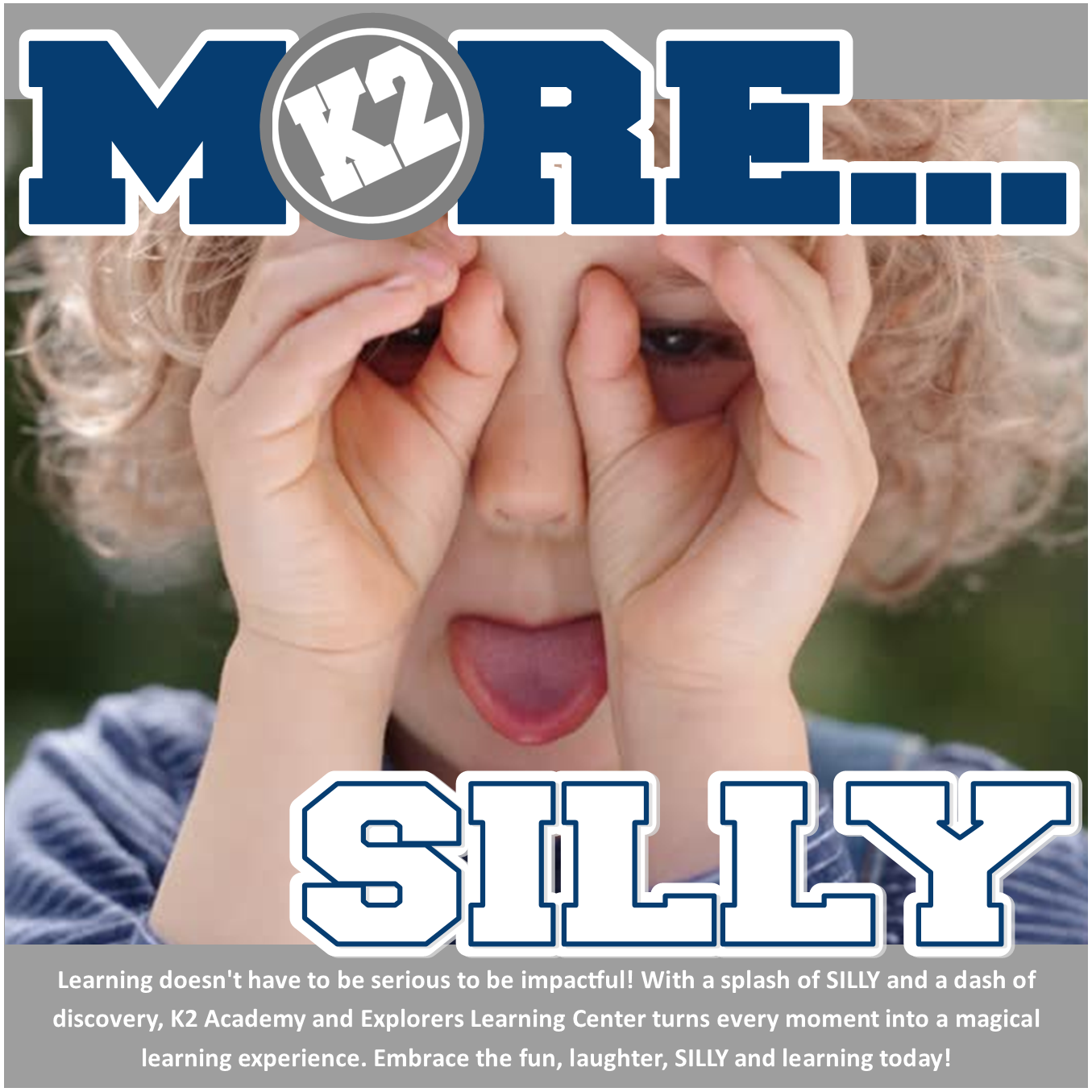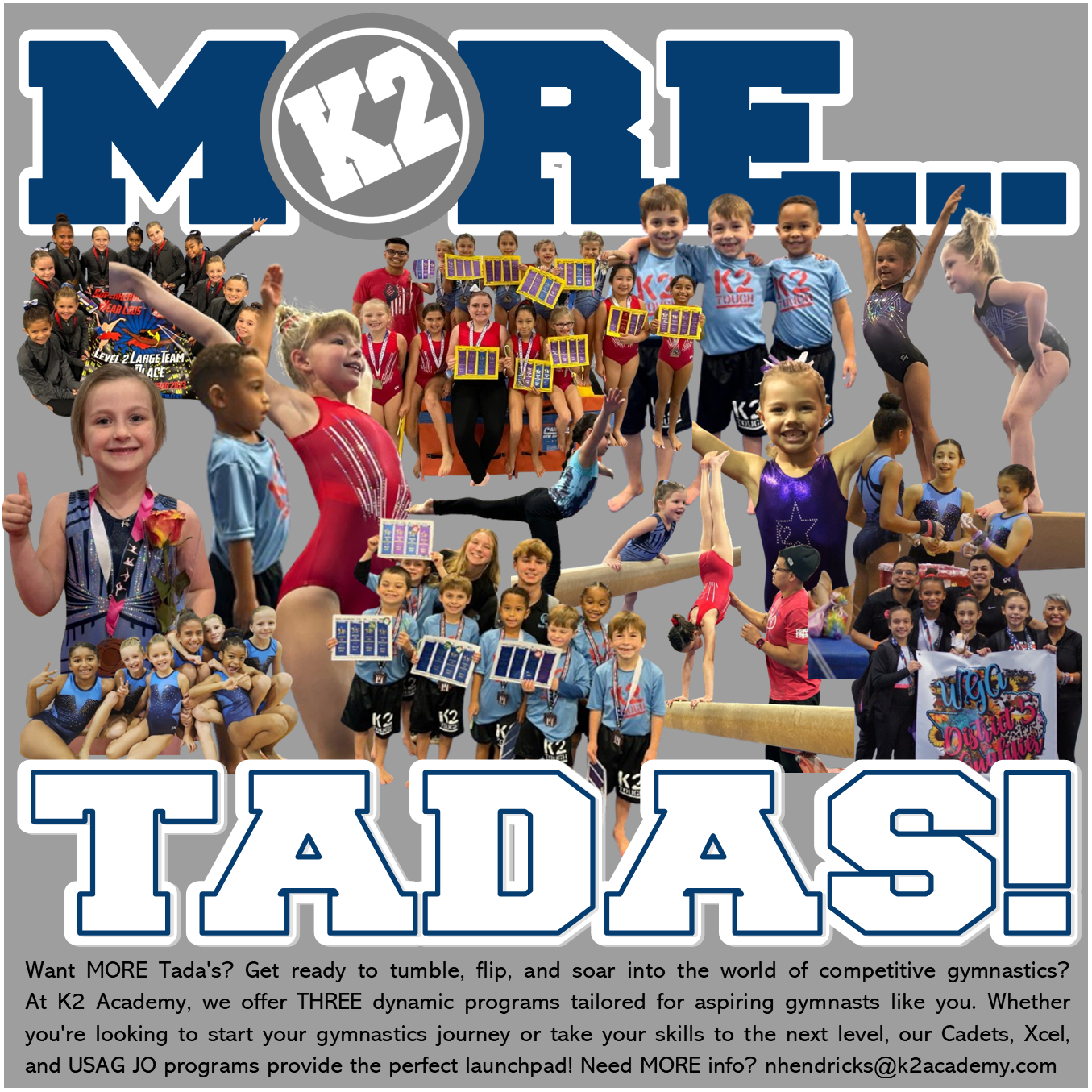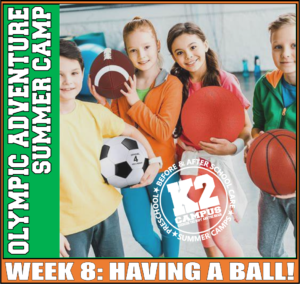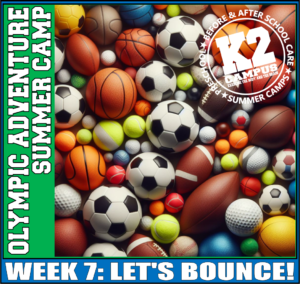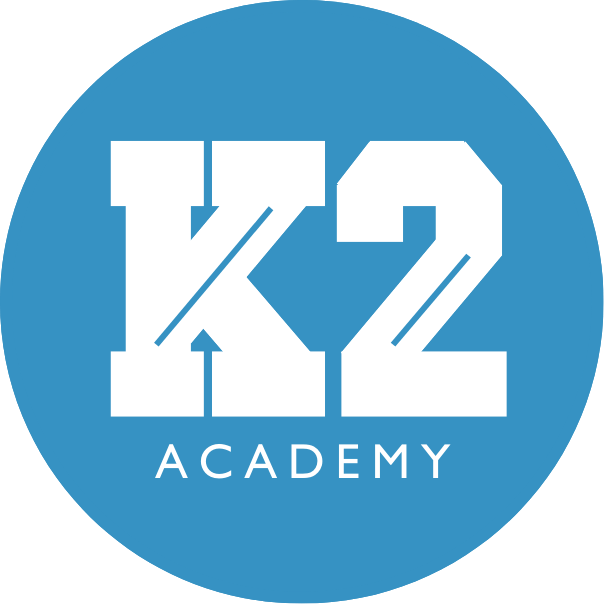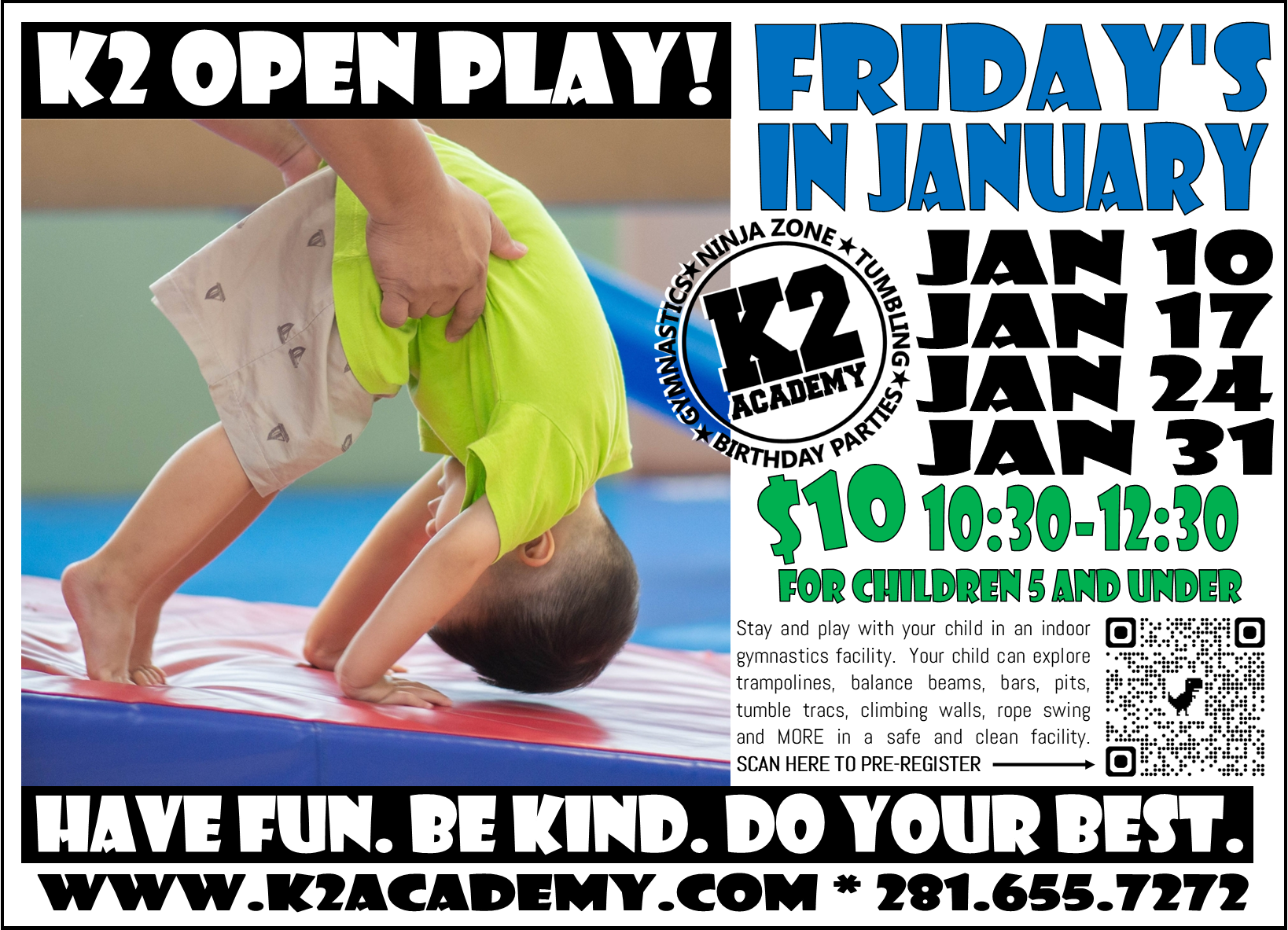How We Learn: Auditory Learning
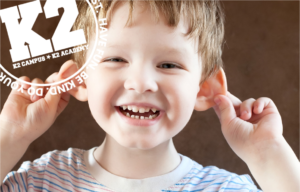
How We Learn: Auditory Learners
Social scientists, psychologists, and other experts in education go back and forth in regards to how many different learning styles there are and how much they weigh on student retention. We know from our experiences as educators and, for many of us, as parents, that kids do utilize different techniques in their learning. We also know it’s easier to reach kids utilizing different ways of teaching, so we expose them to many ways of learning. One of the learning styles we focus on is for our auditory learners.
What is auditory learning composed of?
Auditory learners are listeners and are always seeking information from the world around them. They prefer lectures, music, and discussions and will be the most likely group to brainstorm as a group. These learners will pick up stories from conversation and they don’t even necessarily have to be active participants in the conversation, they may just be listening in. These learners are also clever in the way they pick up on inflection, tone, and emotion in conversation, knowing how to apply that to the weight of whatever is being said. According to the Michigan State University Education Extension, “[t]hey think best out loud and can typically follow oral directions.”
How does K2 teach auditory learners?
K2 integrates auditory learning in a number of different ways. We are always giving instruction verbally so all of our students can hear our instruction. This input is almost non-stop as we move from the classroom to the gym or as we work on different activities at tables. We are constantly fine-tuning the ways we give instructions and speak about information for the kids to take in. By having kids repeat back information, like the months in the year or the water cycle, we are reaching our auditory learners since hearing their own voice is just as important as hearing our voices. Additionally, all the little songs we sing, as part of our day or with a special curriculum topic, act as miniature mnemonic devices for the kids to learn.
How can parents help?
Parents can help their auditory learners in a number of ways. By talking through steps of your day, from individual chores to the plans to go visit grandma, you are helping your child process more easily. You can also focus on restructuring your sentences to include repetition and additional descriptors to help your student learn. We know it may feel tedious to tell your child, “Do you see the bird? The bird is there. The bird is there on the car. Do you see the brown bird on the car? The bird is sitting on the car. Look how the bird sits.” However, this simple observation helps students learn additional information by listening to all the different ways you tweaked and adjusted how you spoke with them. Also find ways for your child to tell you things. Ask questions and wait for them to respond. Encourage them to read out loud to you, this is a great way to use car and dinner preparation time.
Our teachers at K2 are always excited to see your students and to speak with each of them, auditory learners or not. To learn more about our programming see our website or contact us today.
The post How We Learn: Auditory Learning appeared first on K2 Academy.

